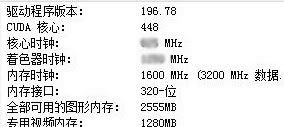That was quite instructive, thanks for taking the time!
I'm not entirely clear on the bold part, though. What do you mean by "the electrical properties of circuits are often limited by the wiring"?
Digital circuits have two main building blocks: transistors and wires. Transistors do the switching and store information, but they must be connected with wires.
In general, transistors switch faster as they get smaller. But wires get slower as they get smaller, for two reasons. Firstly, it's just hard to push current through small wires - this is called resistance. Secondly, the wires get packed closer together, which increases capacitance. Roughly speaking, with every new process generation, the transistors get a little faster and the wires get a little slower, and we're now at the point where the wires can dominate the time and power characteristics of a circuit.
You can make a wire propagate a signal faster many ways, here are a few:
1. Move the wire to a bigger metal layer. Generally, the lowest metal layers in the stack are the smallest, and are used for short connections. As you go higher in the metal layer stack, the wires get bigger (but there are fewer of them), which makes for less resistance and capacitance.
2. Cut the wire into pieces. The time it takes a signal to travel through a wire superlinearly related to its length. If you break the distance up into smaller hops, the sum of the delay for the entire path can be quicker. At the end of each hop, the signal has to jump back down to the transistor layer in order to be reboosted back to full strength and sent out to the next hop. This is called "buffering". You can only do this with a metal spin if you have extra buffers lying around which aren't being used - to add new buffers that aren't there would require a full silicon respin.
3. Make the wire shorter. Depending on the flexibility of your design, you can change the physical placement of the transistors it's connecting to make the path shorter. This is hard to do in a metal spin, and often introduces problems of its own: if you make one wire shorter, you often make another wire longer.



